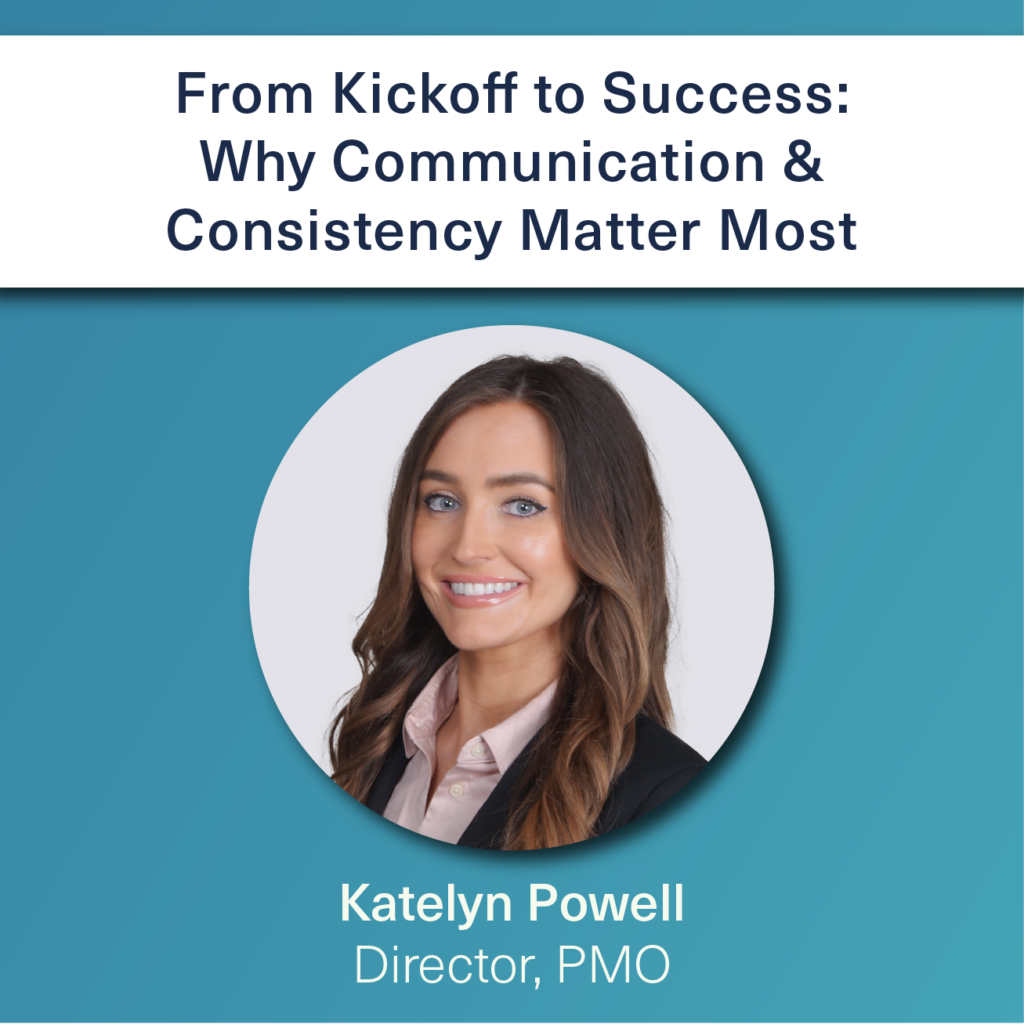When Fraud Hits, Your Response Can Make or Break Customer Loyalty
Picture this: a customer’s account gets hit by fraud. Their stress levels spike, and they turn to their bank for help. This is a make-or-break moment. Will you leave them frustrated, or will you step up and turn a bad situation into a loyalty win? How you handle fraud disputes doesn’t just resolve a problem, shapes the entire customer experience and can have ripple effects on your bottom line.
Banks and credit unions know that fraud is an unfortunate reality, but it’s also a golden opportunity to show customers you’ve got their backs. Quavo’s Trust in Banking research reveals a jaw-dropping truth: 73% of customers say their loyalty hinges on how their bank handles fraud disputes. That’s right—get it wrong, and you risk losing them. Get it right, and you can deepen their trust.
Customers want three things when fraud strikes: speed, clarity, and fairness. If they’re left on hold, shuffled around, or met with vague responses, trust crumbles fast. In today’s world, where switching banks is just a few clicks away, a bad dispute experience can send customers running to your competitor.
One Bad Experience Can Cost You Big
Here’s the kicker: a mishandled dispute can hurt more than the fraud itself. Quavo’s research shows 66% of customers are ready to ditch their bank if the dispute process feels like a slog. Industry insights back this up, with10x Banking showing that one in five customers jump ship over poor experiences, period.
And the damage doesn’t stop with losing a customer. Let’s talk dollars and sense: replacing a lost customer isn’t cheap. In banking, Customer Acquisition Cost (CAC) averages $784 per new customer. If a clunky dispute process drives away just 200 customers, that’s a $156,800 hit just to get back to square one. Beyond the money, losing customers means missing out on referrals, future business, and a shiny brand reputation. Angry customers may share their frustrations online, and that’s a PR nightmare.
The Hidden Sting: When Poor Disputes Quietly Shrink Customer Value
Not every unhappy customer will leave, but that doesn’t mean you’re in the clear. A bad dispute experience can quietly chip away at trust, and 70% of customers say it makes them less likely to rely on their bank for other services, according to Quavo. They might stop using their card, hesitate to open a new account, or skip applying for that loan. Some even start splitting their banking across competitors, diluting their value to you.
This “engagement drain” is sneaky. It doesn’t always show up in churn stats, but it erodes customer lifetime value—the revenue you count on from long-term relationships. In a digital world where growth depends on keeping customers engaged, a clunky dispute process can silently sabotage your goals.
Turn Disputes into Loyalty Wins
Here’s the good news: disputes don’t have to be a loyalty killer. They can be a chance to shine. Research from PYMNTS shows 86% of customers are more likely to stick with institutions that handle disputes smoothly. That’s a massive opportunity! When you resolve issues quickly, transparently, and fairly, you’re not just fixing a problem, you’re building trust that keeps customers coming back.
Beyond Quavo’s findings, other research reinforces the stakes. A 2023 study by Forrester found that customer experience drives 70% of loyalty in financial services, with dispute resolution as a top factor. Meanwhile, Bain & Company reports that improving customer retention by just 5% can boost profits by 25-95%—proof that keeping customers happy pays off big. Social media chatter on X also highlights how fast a bad dispute experience spreads, with users sharing stories of frustration that deter others from choosing certain banks.
How to Get Disputes Right
The key to winning at disputes? Make the process seamless. That’s where solutions like Quavo’s automated fraud and dispute platform come in, designed to deliver fast, frustration-free resolutions at scale. By streamlining disputes, you’re saving customers while protecting your investment in acquiring them and setting the stage for deeper engagement.
The Bottom Line
Every fraud dispute is a chance to show customers you’re in their corner. Blow it, and you’re not just losing trust—you’re racking up costs to replace customers and missing out on growth. Nail it, and you’re building loyalty that fuels long-term success. So, next time fraud hits, ask yourself: is your bank ready to turn a crisis into a win?






